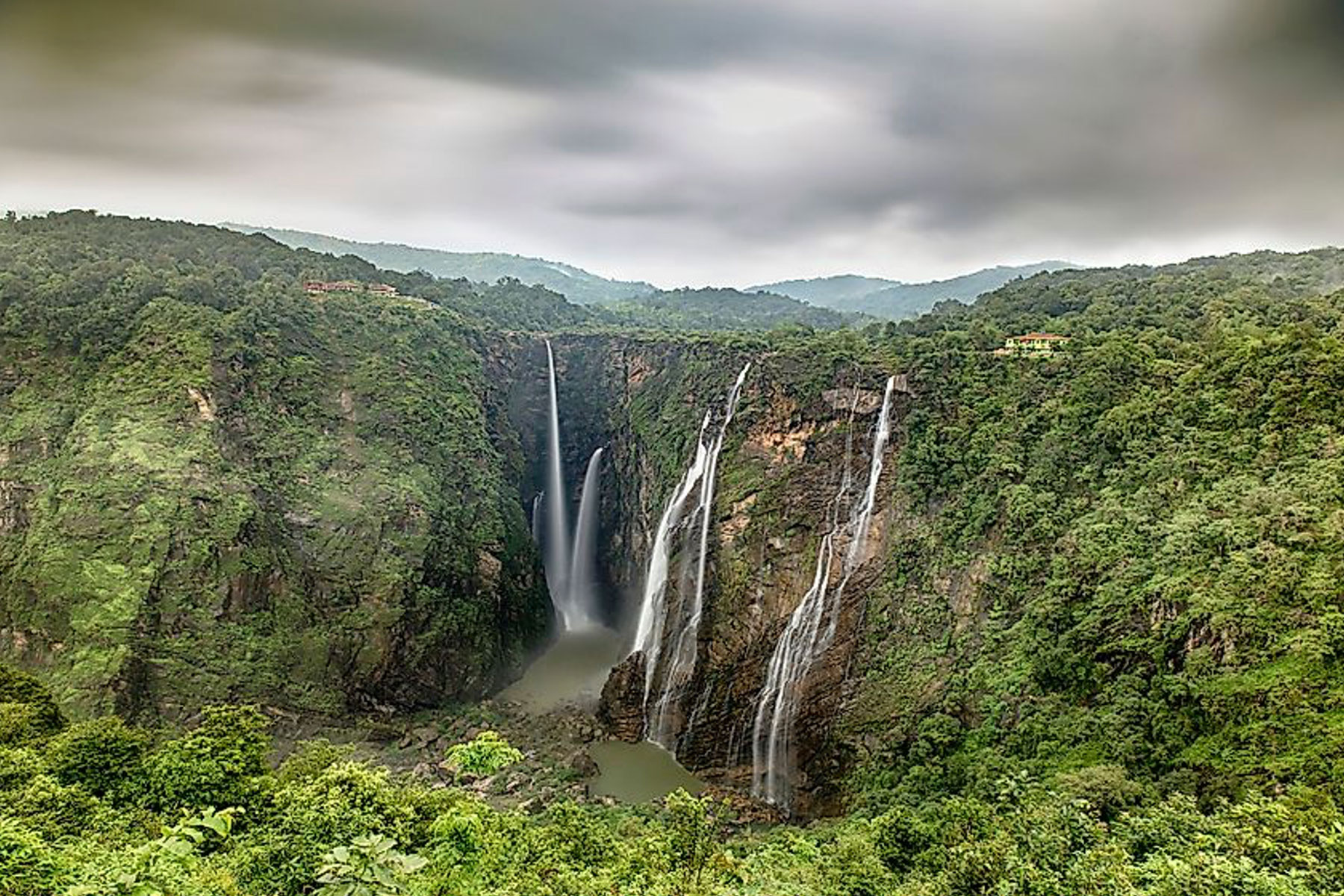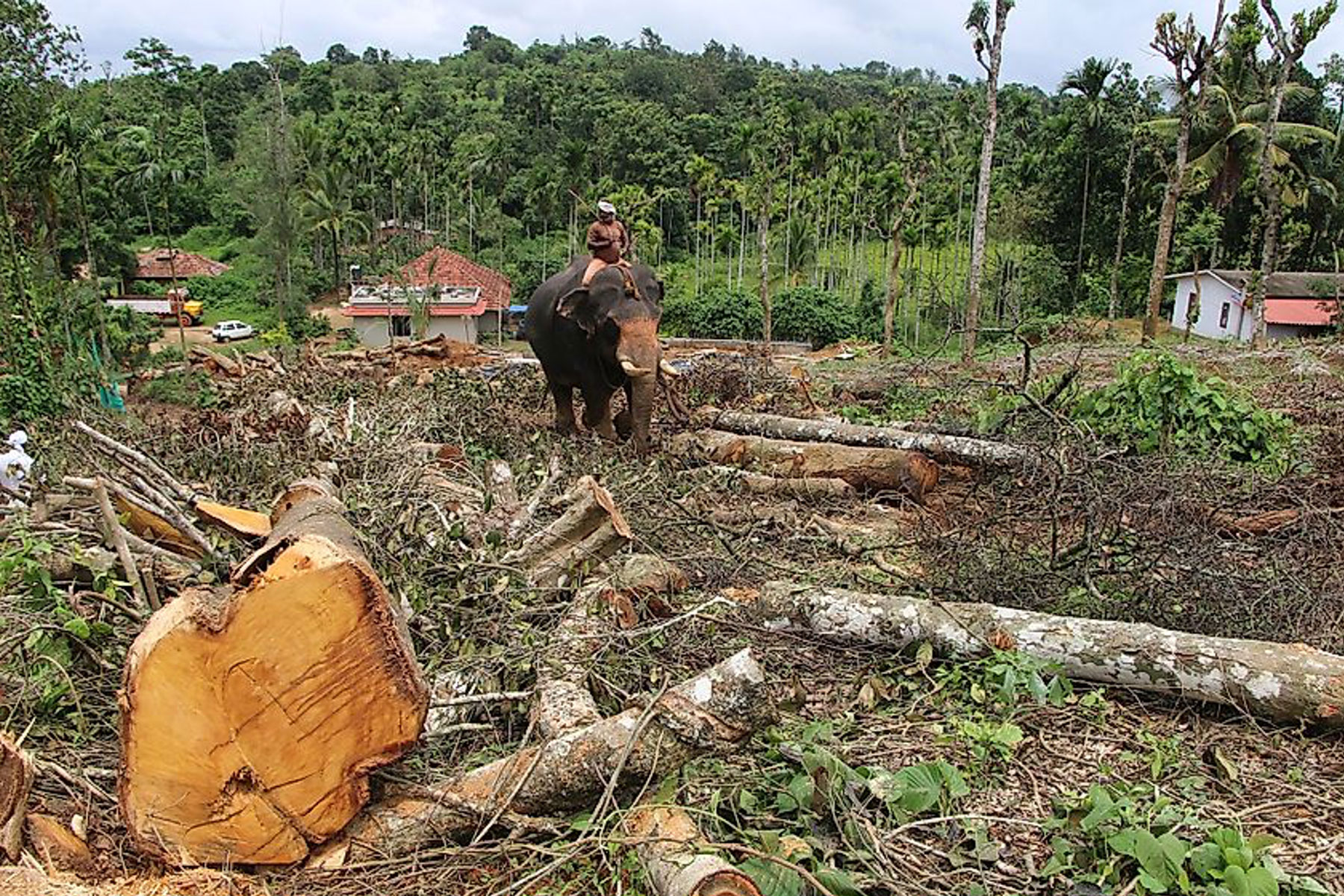The Western Ghats or the Sahyadri Mountain range is a mountain range that lie’s roughly parallel to the west coast of India covers an area of 160,000 km2, traversing the states of Karnataka, Goa, Maharashtra, Gujarat, Kerala, and Tamil Nadu. It is a UNESCO World Heritage Site and is one of the eight biodiversity hotspots in the world! It is sometimes called the Great Escarpment of India. It contains a very large proportion of the country’s flora and fauna, many of which are endemic to this region. According to UNESCO, the Western Ghats are older than the Himalayas. They influence Indian monsoon weather patterns by intercepting the rain-laden monsoon winds that sweep in from the south-west during late summer.

The area is one of the world’s ten “hottest biodiversity hotspots.” It has over 7,402 species of flowering plants, 1,814 species of non-flowering plants, 508 bird species, 227 reptile species, 179 amphibian species, 290 freshwater fish species, and 6,000 insect species. It is likely that many undiscovered species live in the Western Ghats. At least 325 globally threatened species occur in the Western Ghats.
There are at least 139 mammal species. Of the 16 endemic mammals, 13 are threatened. Among the 32 threatened species are the tiger, leopard, lion-tailed Macaque, Nilgiri tahr, Asian Elephant, and more. The endemic Malabar large-spotted civet is estimated to number fewer than 250 mature individuals, with no sub-population greater than 50 individuals.

The hill ranges constitute important wildlife corridors and form an important part of Tiger and Elephant reserves. The largest tiger population lives in the Western Ghats, where there are seven populations with an estimated population size of 1200 individuals.
The cultivation of tea, coffee, rubber, and palm oil has been propelling the slow destruction of the lush natural beauty of the region, once densely covered by forests. Human activities pose the greatest threat to the environment of the Western Ghats that negatively affect the region’s rich and highly vulnerable biodiversity. The growing numbers of threatened and endangered species are clear evidence of the escalating situation.
The Big Wild is focused on supplying innovative applications to mitigate human-wildlife conflict, support lesser-known endangered species and providing land valuations to help support local people and organizations in being essential land stewards to this vital region.
For more information, please reach out to: [email protected]